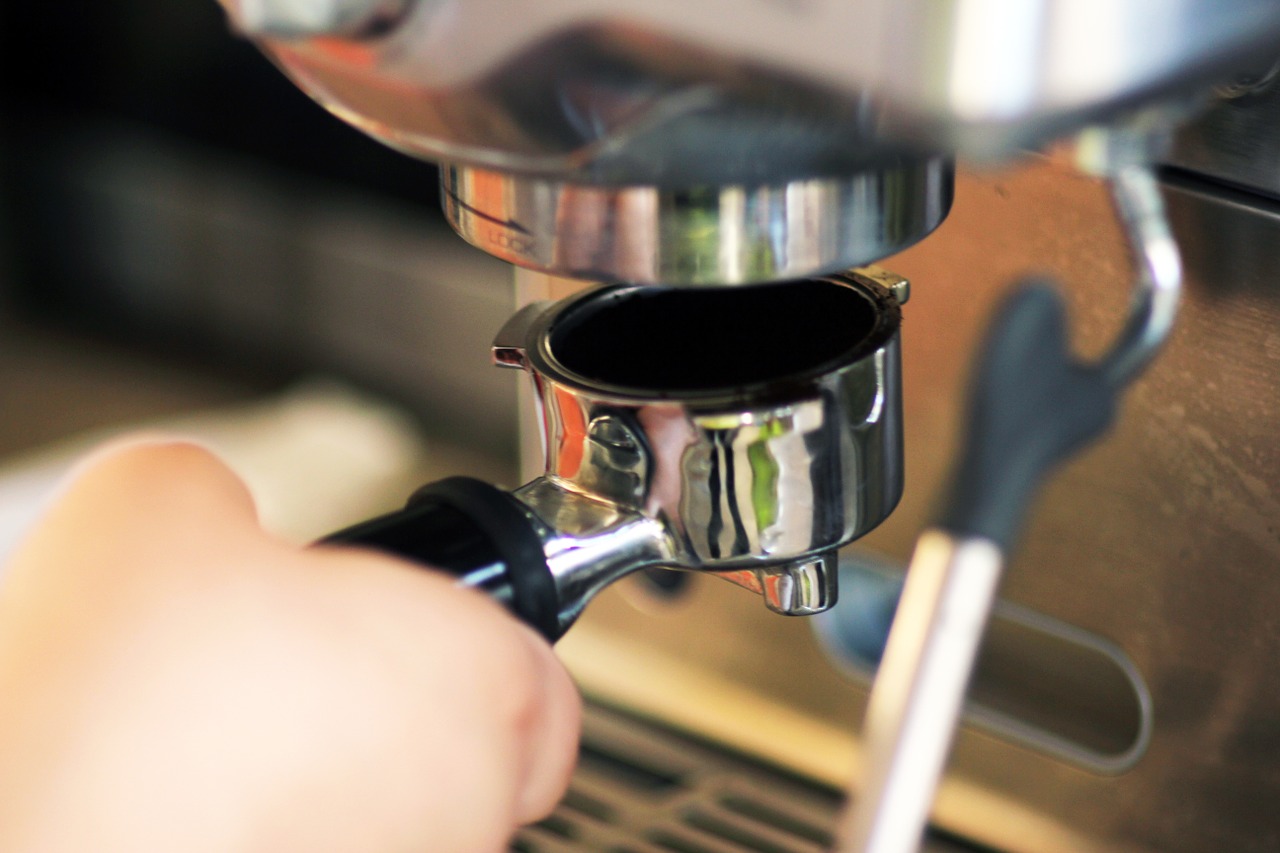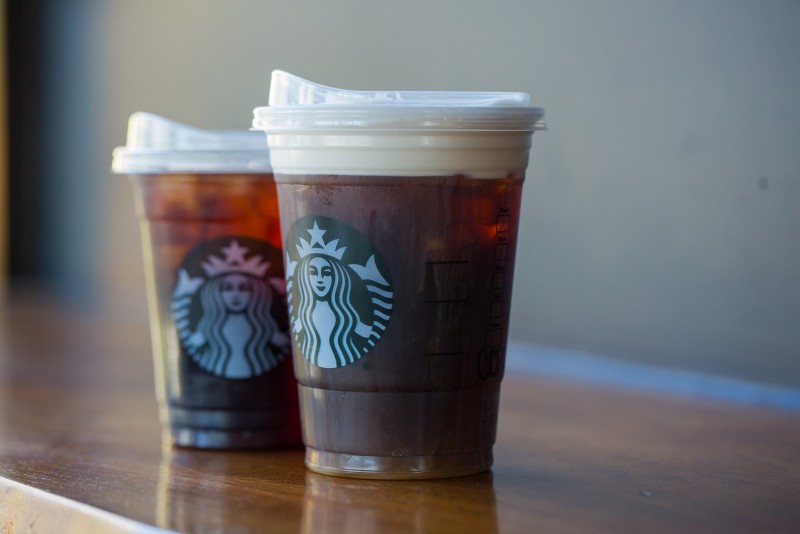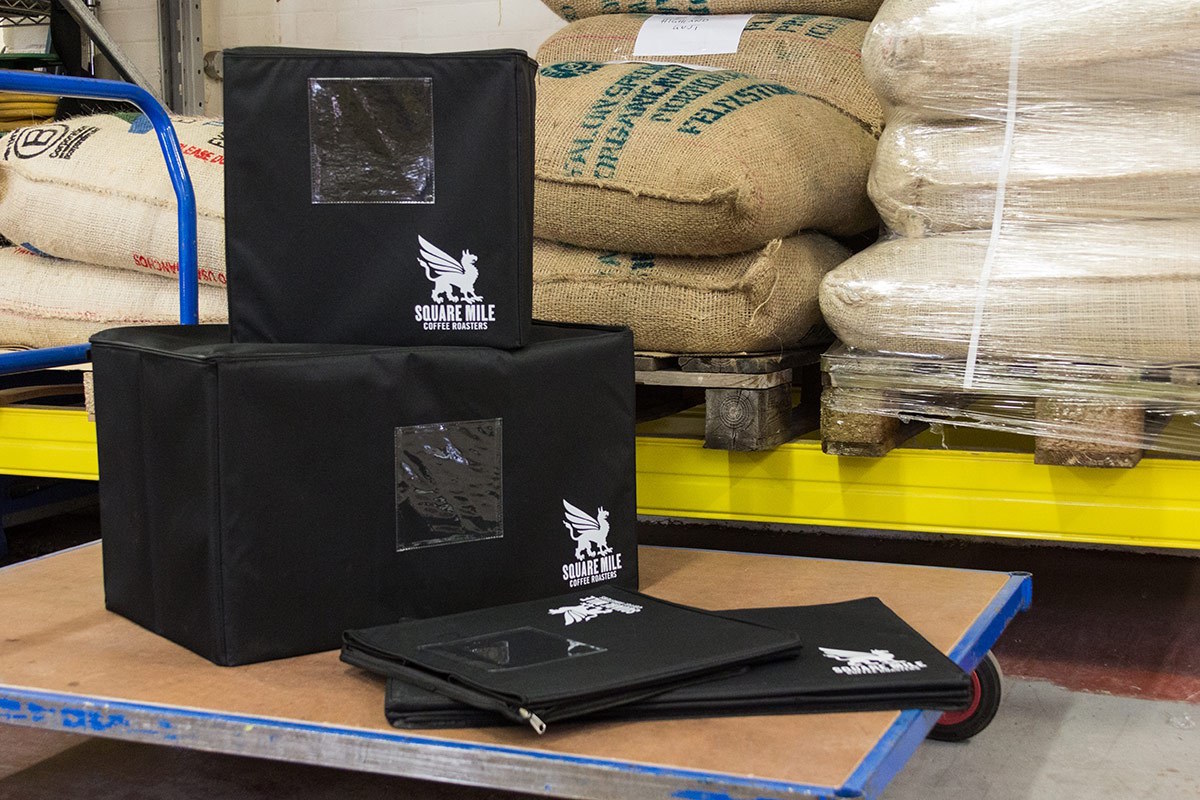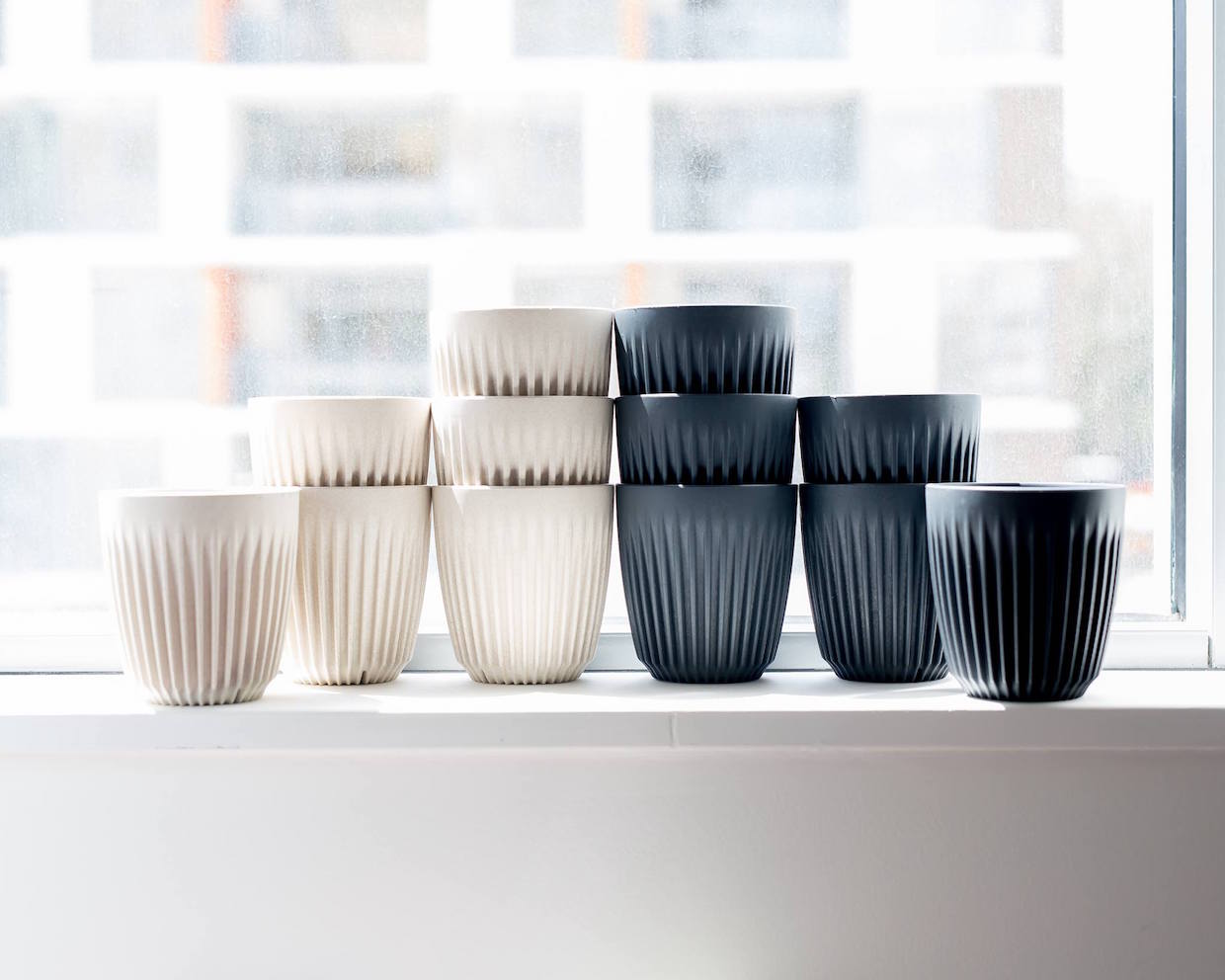The global growth of the coffee shop industry has inevitably led to a growth in consumption of energy and resources, from the electricity needed to switch on the lights to the coffee itself. It also correlates to a rise in the amount of waste produced, including packaging and coffee grounds.
The issue of environmental sustainability in the coffee shop industry is frequently discussed in the mainstream media in terms of disposable waste, with coffee cups and grounds often being the focus. Lately, a focus has also been on single-use straws, brought to light recently when Starbucks announced it was going to discontinue their use.
I was involved in research recently published in the journal of Social Business that highlights how there are a range of stakeholders that can contribute to fostering sustainable behavior in the coffee shop industry, and explores emerging sustainable practices. These behavioral changes are occurring among businesses and consumers alike, with a wide range of actors from within and from outside the coffee industry. Therefore, affecting meaningful behavioral change requires a better understanding of how these efforts are coordinated and by whom — and it involves much more than solving the cup problem.
Unlike back-of-the-bar materials or operations, the disposable coffee cup is easily identifiable and branded, making it a prominent target for sustainability discussions in coffee retail. These discussions venture into landfill waste and difficulties in recycling — after all, it is estimated that each year, 2.5 billion million disposable cups are thrown away in the UK, around 4 billion in the U.S. through Starbucks alone, and 2.8 billion in Germany.
A range of actions have been prompted to try and reduce the number of cups reaching landfills, from national recycling schemes to more localized efforts. In the UK, the Environmental Audit Committee in parliament produced a report suggesting the introduction of a 25p tax on the use of disposable coffee cups, which became known as the ‘latte levy.’ However, the UK government did not see the tax as a necessary move, as it considered enough was already being done by the industry to begin to tackle the issue.
In addition to localized recycling programs, some individual purveyors are urging consumers use a reusable coffee cup, in some cases offering discounts to those who do. Reducing the number of coffee cups reaching landfill will rely upon these kinds of actions from businesses — those making materials-based purchasing decisions.
However, consumers play a large role, too, with behavior change necessary to reduce the number of disposable coffee cups being used. Some preliminary research into consumer behavior suggests that while consumers are now more aware of the issues related to coffee cup recycling, many do not make the switch to reusable cup because it simply isn’t as convenient. More research is needed to investigate the most effective ways to shift consumer habits.
While the issue of the disposable coffee cups is an important one, it is only one area of the coffee shop business where sustainable practices can be encouraged at a range of scales, from the building premises and sustainable architectural design to considering how to use waste coffee grounds.
In the UK, Costa Coffee built a ‘zero energy’ coffee shop with designs that used sustainable timber and maximised the use of natural sunlight, as well as renewable energy sources such as solar power. Costa scaled up some of these concepts too when it built its new roastery in 2017, claiming to be one of the most sustainable industrial buildings in the world at the time.
Beyond the large chain coffee shops, many of the efforts in sustainability are taking place in independent coffee shops from offering coffee grounds to consumers and local food growing organizations to considering how coffee is transported. For example, UK roasting company Square Mile recently announced it would reduce its cardboard use by switching to the use of Notboxes, a reusable alternative to cardboard for some of their wholesale accounts.
Innovations around sustainability for the coffee shop industry have been coming from other businesses, too — those seeking to engage in the circular economy by reusing coffee grounds to make a range of products, including jewelry, furniture and coffee cups, to the base product for growing mushrooms. Examples abound: There’s the Kaffeform coffee cup; jewelry designed by Rosalie McMillan; or the Huskee Cup, which uses coffee husks as a raw material.
The UK based social enterprise GroCycle has been collecting used coffee grounds to grow mushrooms. The organization has grown and now offers ‘grow your own’ mushroom boxes for home use, while also supplying restaurants and businesses with mushrooms and education activities to help others establish their own mushroom farm.
While none of these initiatives are likely to transform the coffee shop industry into a fully sustainable one, they are all examples of behavioral change involving creative reuse and sustainable design with different interests at stake.
The research paper highlights how there is indeed a range of stakeholders at work independently in sustainability efforts in the coffee retail industry, and of course more in-depth research is needed to consider how these efforts can translate into broader behavioral change.
There is also a new research project underway that will explore these issues in the UK and Germany, documenting developments in sustainable activity in the coffee industry. The examples mentioned here are illustrative of how sustainability in the coffee shop industry means more than just considering what to do with coffee cups — a much broader approach to sustainability is needed to consider how sustainable practices can be integrated across the coffee shop supply chain.
Jennifer Ferreira
Dr. Jennifer Ferreira is a researcher at the Centre for Business in Society at Coventry University. She is based in Coventry, United Kingdom. Jennifer is the author of the blog ‘café spaces’ which documents research undertaken to explore the coffee and coffee shop industries.
Comment
3 Comments
Comments are closed.












We need consumers recycling more, but it is very difficult to educate them when there is such diverse recycling from town to town, over 20% offer kerb side recycling for paper cups, but many do not know they can, can we train barristers to offer recycling advice if a paper cup is used?
Very interesting technology europe is going
Right direction i am from india currently
Developing bio degradable product thro
Aggriculture waste including silver skin,coffee waste,bagasse.rice husk wheat bran,plates and bowls some proplem
Surface chemistery water proff organic
Coating food grade coating
Hi there,
This is Alex D with HAY! Straws, nice to meet ya.
I wanted to introduce Daily Coffee News to a new product of ours, made from the same plant (gf wheat stems), for stirring & sipping coffee: The new HAY! Stir Sticks.
We are launching them to replace the plastic & wooden stirrers, offering an economical price that comes with a sustainable value for businesses.
These are actually all of the misfits that didn’t make the HAY! Straw boxes, since they vary more in diameter – We support diversity and didn’t want them to go to waste! 😉
We have them in both 5″ & 7.75″ just like our original drinking straws.
Thought you might be interested in checking them out!
Cheers,
Alex